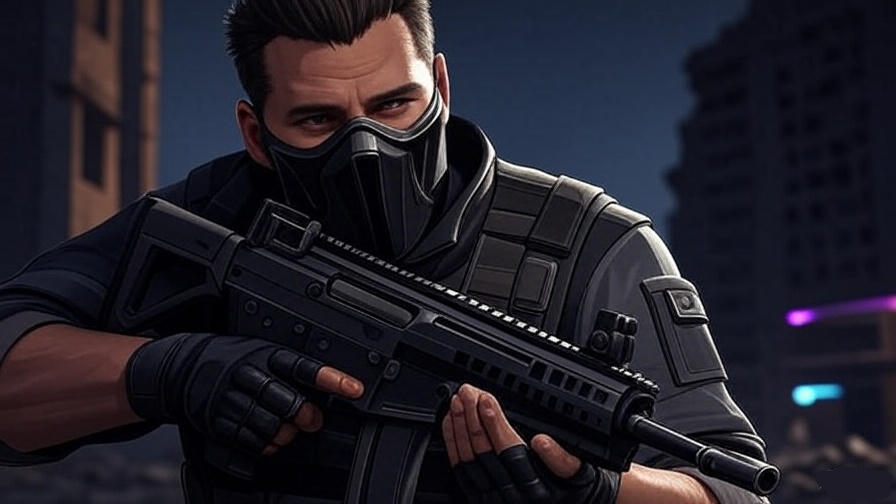When the final buzzer sounds in a Counter-Strike 2 match, it’s not just the scoreline that tells the story – it’s the battleground itself. In 2025, the map pool has evolved into a battlefield of contrasting philosophies, where strategic comfort zones clash with calculated risks, and the veto phase is as decisive as the pistol round. Understanding which maps dominate isn’t just trivia; it’s the first step in making accurate CS2 predictions for the season ahead.
The Modern Map Pool: Stability Meets Volatility
The current CS2 competitive pool has settled into a familiar yet contentious lineup: Mirage, Inferno, Nuke, Overpass, Anubis, Ancient, and Vertigo. While this selection might seem stable, the reality is a constant tug-of-war between tradition and innovation.
- Mirage remains the quintessential crowd-pleaser — a map so entrenched in CS culture that removing it would feel sacrilegious. Its mid-control battles are still the proving ground for individual aim and team coordination.
- Inferno, the eternal tactician’s map, thrives on late-round decision-making. Control of Banana is still the pulse of the round, and no matter how teams try to reinvent the wheel, utility discipline remains king.
- Nuke continues to serve as the tactical chessboard. In 2025, the best Nuke teams weaponize verticality and rotations like a magician’s sleight of hand — one second outside is empty, the next it’s swarming with Ts.
The newer contenders — Anubis and Ancient — have added fresh tactical wrinkles, though they remain polarizing. Their unique sightlines and timing windows force teams into extensive prep work, rewarding deep strategy but punishing hesitation.
The Ban Game: Strategy Before the First Bullet
In the pro scene, the veto phase is the first real duel. Teams don’t just ban maps they dislike; they ban weapons in the opponent’s arsenal.
- Overpass often gets the axe when a team fears long-range dominance or struggles with the complex rotations.
- Vertigo remains divisive. While some squads exploit its vertical angles to perfection, others see it as a coin-flip due to its unconventional layout.
- Ancient, though increasingly popular, still sees bans against teams known for oppressive CT-side holds.
At the highest level, the veto phase is also psychological warfare. A team may leave a “weaker” map in the pool just to bait the opponent into picking it, setting a trap for a prepared counter-strategy.
Trends Defining 2025
Several notable patterns have emerged this year:
- CT-Side Fortification – Across most maps, CT win rates have climbed, driven by improved utility usage and refined defensive setups. This has pushed teams toward aggressive T-side opening moves to disrupt early control.
- Specialist Maps – Certain rosters are leaning heavily into one or two maps for dominance. For example, a team might post an 80% win rate on Nuke but hover near 40% on everything else — a risky but potentially tournament-winning gamble.
- Mid-Round Adaptation as a Decider – Gone are the days of rigid executes. The best 2025 squads thrive on fluid mid-round calls, pivoting strategies based on the smallest reads — whether it’s an AWPer spotted in Connector or a single smoke thrown at Monster.
The Emotional Pulse of the Map Pool
What’s fascinating is how maps become more than just geometry and textures — they turn into emotional battlegrounds. Mirage might be where a rookie awper made his breakout play. Ancient could be where a legendary veteran finally lifted a trophy after years in the shadows. These moments embed themselves into the map’s identity, influencing how fans and even players perceive them.
Looking Ahead: Meta Shifts on the Horizon
If Valve shakes up the map pool in mid-2025 — as rumors suggest — expect Dust II to make a sensational return, possibly replacing Vertigo or Anubis. This would drastically shift the balance of power, as some younger teams have never played Dust II in an official major match.
Long-term, the map meta seems destined for a cycle: older maps reintroduced for nostalgia and fan service, newer maps brought in to test adaptability. In this constant evolution, the teams who thrive are those who see the veto phase not as damage control, but as an opportunity to dictate the series narrative.
Final Words
In professional CS2, the scoreboard may crown the winner, but the map pool shapes the journey. Each choice, each ban, and each bold pick is a statement — a reflection of confidence, preparation, and identity. As 2025 unfolds, the battlegrounds will keep changing, but the chess match of the veto will remain at the heart of the game’s competitive soul.

